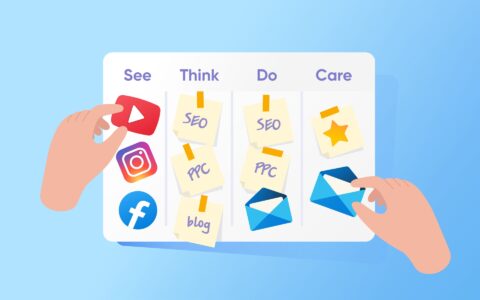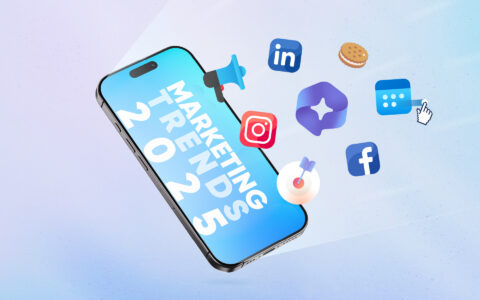Scaling Smart: How Small Teams Are Engineering Marketing Systems That Outperform Big Budgets
Ever wonder how some small businesses consistently outmaneuver their bigger competitors? The secret isn't in massive marketing budgets or armies of staff. It's in building smart, integrated systems that make every dollar and every hour count.

In fact, most Google searches have local intent, and 78% of those local searchers visit a related business within a day, like clockwork. Most small businesses cite limited resources as their biggest marketing challenge. Yet, the most successful have discovered something counterintuitive: constraints can drive innovation.
By focusing on agility, data-driven decisions, and leveraging the tools you already have—like your existing Outlook setup—you can build marketing systems that punch well above their weight class.
Local SEO: Your Strategic Lever for Outsized Results
Making your mark in the neighborhood
When you're competing against companies with million-dollar marketing budgets, going head-to-head nationally rarely makes sense. But here's where smart small teams find their edge: local search dominance.
Consider this: 46% of all Google searches have local intent, and 88% of consumers who search for local businesses visit or call within 24 hours. More importantly, directory listings and third-party platforms now occupy up to 60% of local search results, often ranking higher than even well-optimized business websites, reflecting how local ranking factors shape visibility across these platforms.
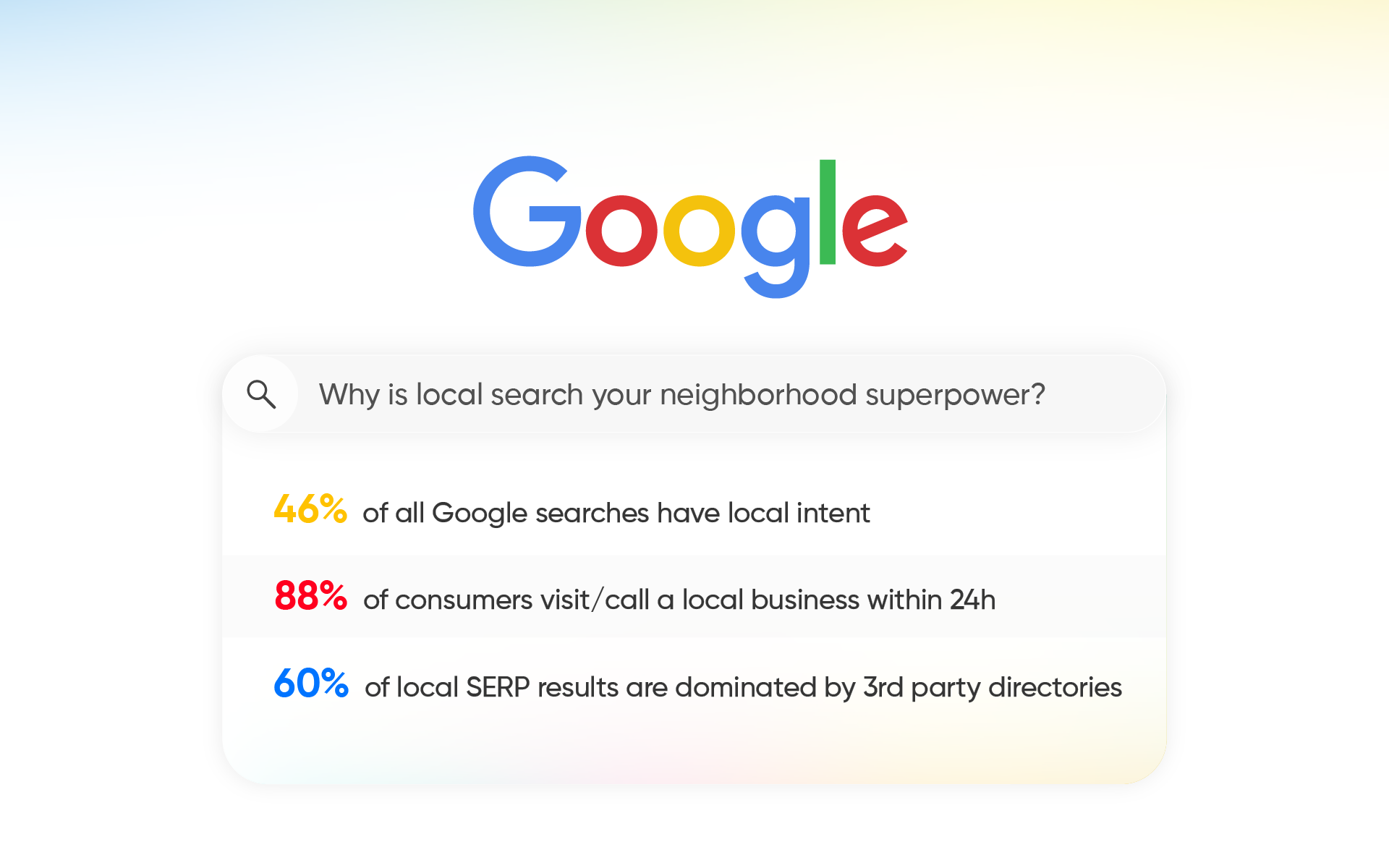
Instead of trying to outrank Home Depot for "home improvement," you can dominate "home improvement contractors near me" by optimizing your presence across Google Business, Yelp, Angie's List, and industry-specific directories.
Using Data to Track Your Local Search Success
Platforms like Synup, BrightLocal, and Whitespark provide actionable insights into your keyword performance across multiple locations. You can track your position in local pack results, monitor map rankings, and identify which directories are driving the most visibility.
This data becomes your strategic compass. When you see that you're ranking #3 for "accounting services downtown" but not appearing for "tax preparation near me," you know exactly where to focus your next optimization efforts.
Building Local Authority Through Strategic Link Building
Smart small teams gain a crucial edge through strategic local link building. While big companies pursue expensive, broad-spectrum campaigns, you can focus on high-impact local connections:
Local partnership links: Partner with complementary local businesses for mutual referrals and link exchanges. A landscaping company might partner with local home builders, real estate agents, and garden centers.
Community involvement: Sponsor local events, join chamber of commerce, or participate in community initiatives. These activities naturally generate links from local organization websites and community calendars.
Local media and PR: Local newspapers, radio stations, and community blogs are always looking for local-angle stories. Use platforms like HARO link building to pitch your business expansion or expert commentary and earn valuable local media links.
According to studies, 63% of respondents believe that the quality of citations is the most important factor when building links.
Zero-Based Budgeting and Modular Campaign Design
Starting from Scratch, Every Quarter
Smart small teams embrace zero-based budgeting—every marketing expense must earn its place based on current objectives, not historical patterns. Nothing is assumed. This ensures resources go to the most effective channels.
For example, a typical SaaS startup may discover that their Google Ads were generating leads at $150 each, while their content marketing brought in qualified prospects at $23 per lead. By reallocating 60% of their paid ad budget to content creation, they tripled their lead volume while reducing overall customer acquisition costs.
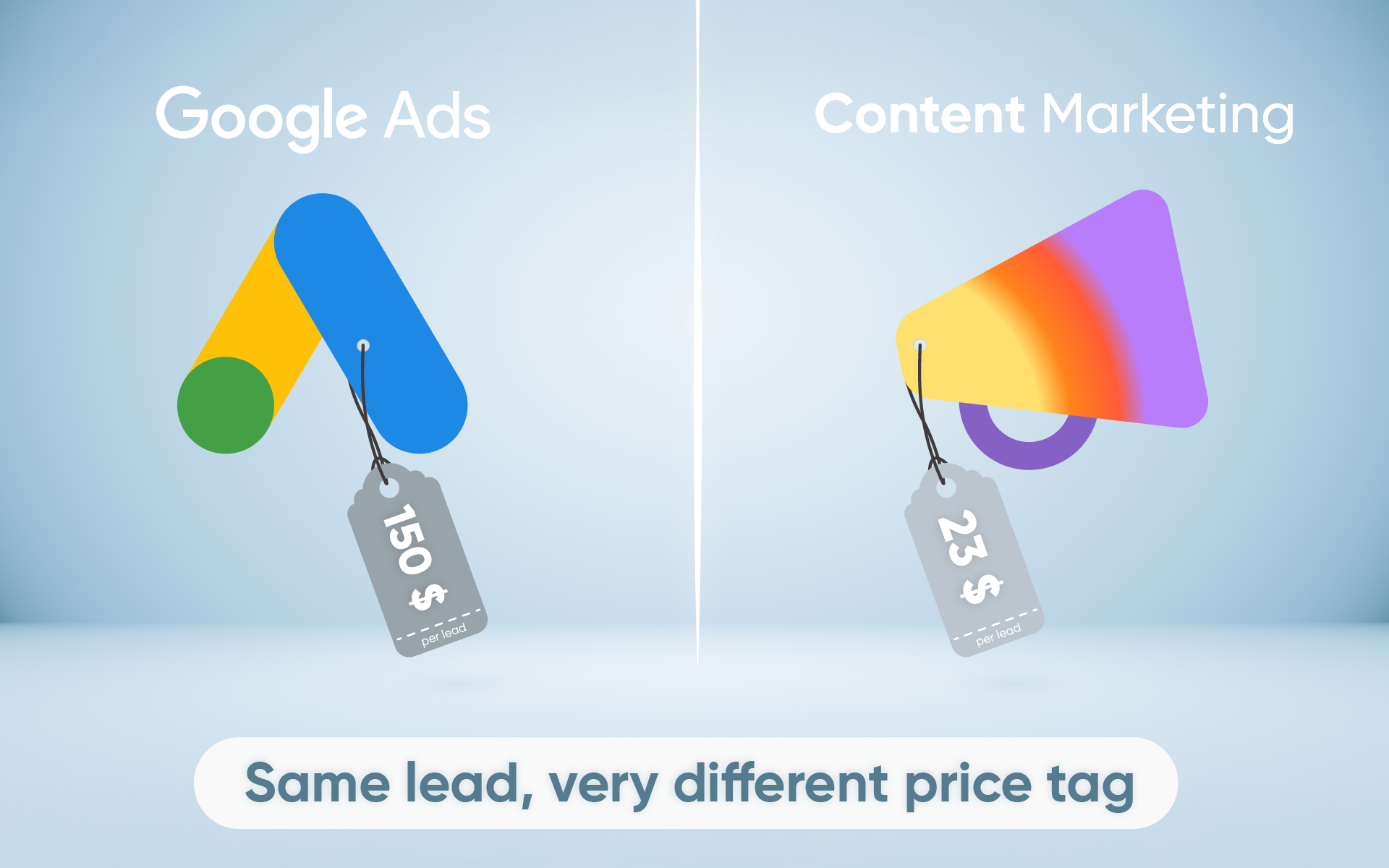
Building Modular Marketing Systems
Design your creative marketing like software architecture—in modular components that can be easily adjusted:
- Local SEO module: directory optimization, review management, local content
- Email nurture module: automated sequences, segmentation, lead scoring
- Social engagement module: community building, user-generated content
- Content hub module: blog, resource library, case studies
This modular approach lets you quickly shift resources from underperforming channels to high-impact opportunities.
Automation and AI: Your Force Multipliers
Making Outlook work harder for you
Already using Outlook? You're sitting on an untapped goldmine of automation potential. Modern CRM integrations can handle lead routing, follow-up reminders, and basic reporting without expensive enterprise software.
According to Annuitas Group study, companies using marketing automation see 451% more qualified leads on average.
Consider automated workflows that:
- Route leads from your website directly to the right salesperson
- Send personalized follow-up sequences based on prospect behavior
- Generate weekly performance reports that land in your inbox every Monday
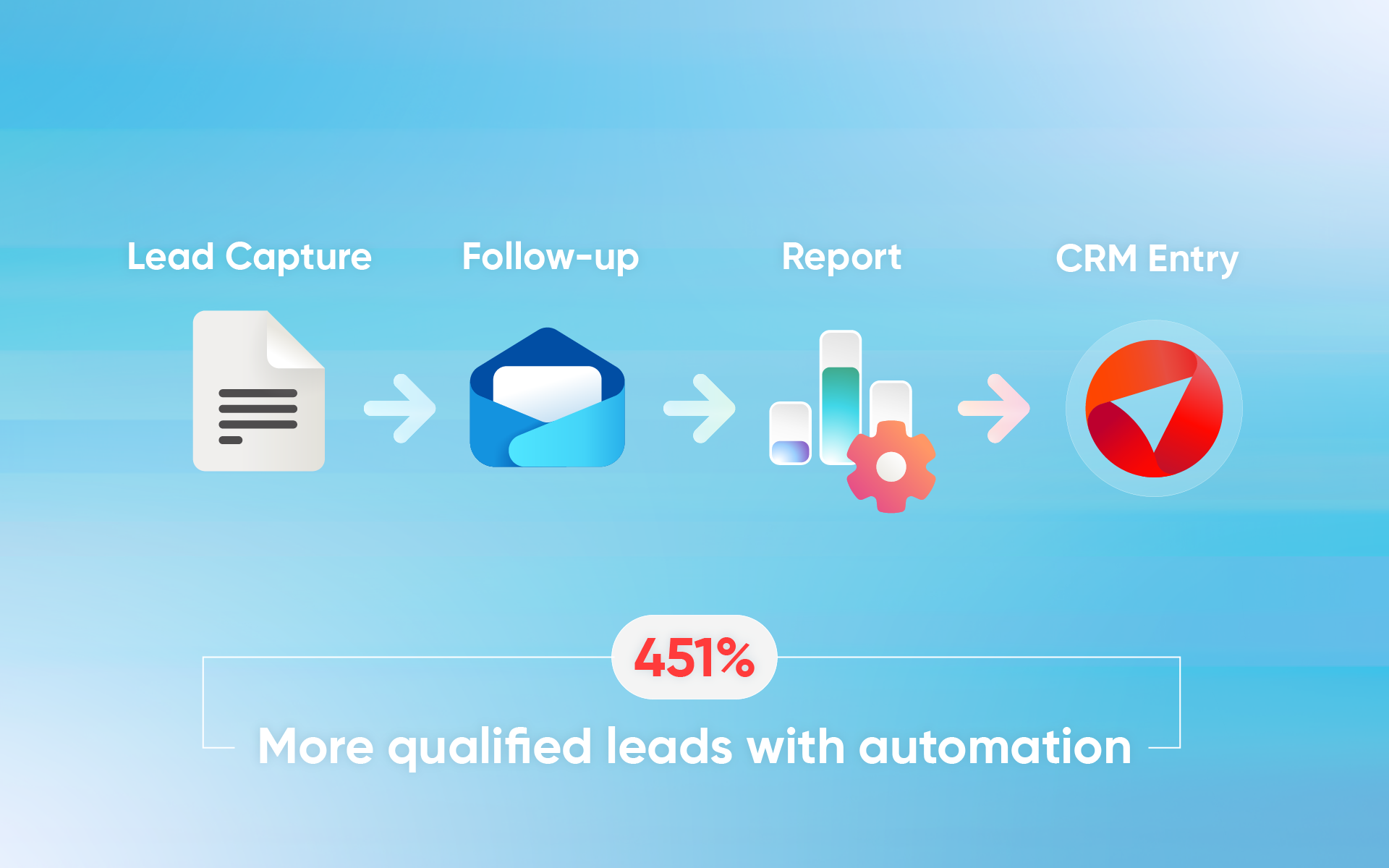
Consider AI features to save enormous time:
- Automatic e-mail summarization: This feature allows you to quickly understand the main points without reading the entire message.
- Tone detection: AI analyzes the tone of incoming emails and categorizes them as positive, neutral, or negative. This helps you prioritize which emails to address first.
- Task suggestions: Based on the content of your emails, AI can suggest tasks that you might need to create, helping you stay organized and on top of your responsibilities.
- Contact creation from e-mails: AI can automatically create new contacts from the information found in email signatures, saving you time and ensuring your contact list is always up to date.
- Field autofill: When creating items from e-mails, AI can automatically fill in relevant fields, making data entry faster and more accurate
Micro-Experimentation and Strategic Partnerships
Testing smart, not big
Smart small teams run frequent, low-cost experiments to validate ideas before scaling. You can test different email subject lines, landing page headlines, or social media posting times with minimal spend.
Creating customer feedback loops
Your size is an advantage — you can talk directly to your customers. Create systematic feedback loops through post-purchase surveys, social media engagement, and customer advisory panels.
This direct line to your market provides insights that larger companies often pay consultants thousands to uncover. Bonus strategy: These customer relationships often become your most valuable link-building assets. Satisfied customers provide testimonials and case studies that naturally include links back to your website.
White-label partnerships that scale your capabilities
When your team has ideas but not enough hands to do all the work, a SEO reseller can step in behind the scenes. They take care of the nuts and bolts, so you remain the face your clients know, and stay focused on building relationships and growing your business.
Here’s how it usually plays out:
- Offer technical SEO audits and on-page implementation under your own label
- Deliver professional graphic design and video production without hiring in-house
- Provide clients with advanced reporting and analytics dashboards that speak your brand’s language
- Run targeted link-building campaigns, tapping into proven processes while you stay client-facing
Community-Led Growth: Your Sustainable Advantage
Building networks that sell themselves
According to Nielsen, 92% of people trust recommendations from people they know. That’s your opportunity. Create communities where your customers become your best salespeople through:
- LinkedIn groups focused on your industry or local market
- Interactive e-mail newsletters
- Customer referral programs with meaningful incentives
- User-generated content campaigns highlighting customer success
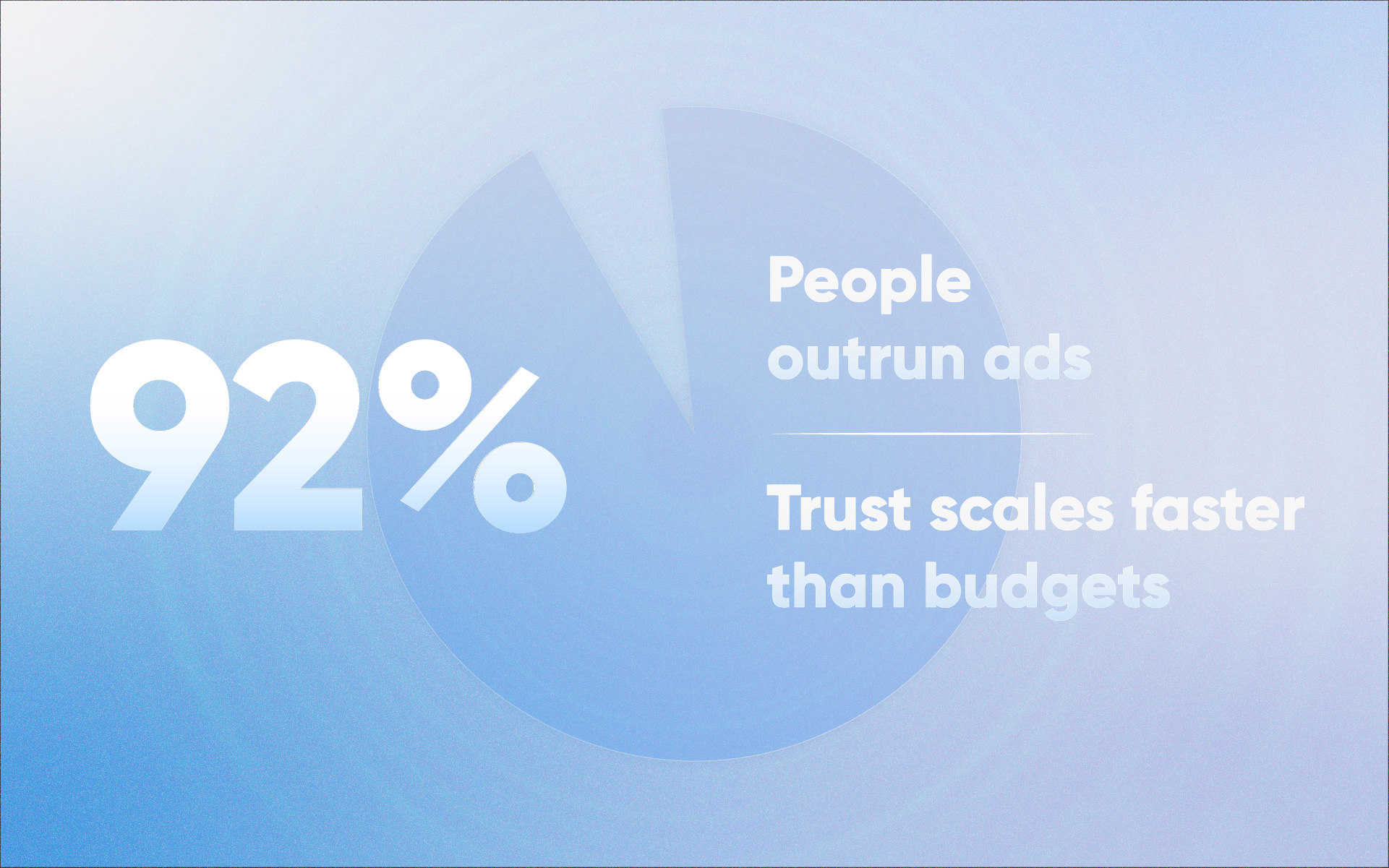
Turn customers into advocates
Encourage satisfied customers to:
- Host webinars sharing how they use your products or services
- Create case studies and testimonials
- Participate in speaking opportunities at industry events
These advocacy programs can be managed through your existing CRM tools, ensuring participants feel recognized while amplifying your reach and credibility.
The New Efficiency Paradigm
Smart small teams are proving that constraints breed innovation. By focusing on local SEO, embracing zero-based budgeting, automating routine workflows, running micro-tests, and building customer communities, you can achieve results that rival much larger organizations.
The future belongs to those who scale smart—turning data, technology, and agility into competitive advantages. Your size isn't a limitation; it's your secret weapon. While larger competitors struggle with bureaucracy and legacy systems, you can pivot quickly, test new ideas, and build genuine relationships with your customers.
The real question isn't whether you can compete with big budgets. It’s: Are you ready to build systems that make those big budgets irrelevant?



